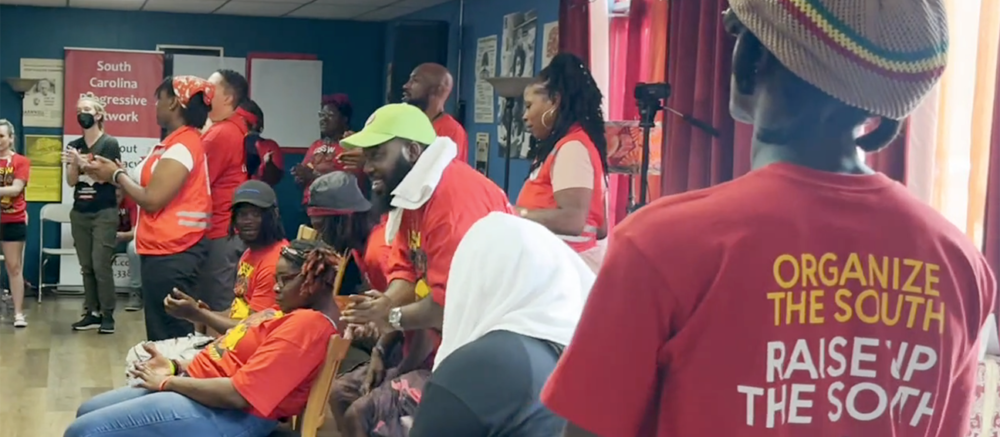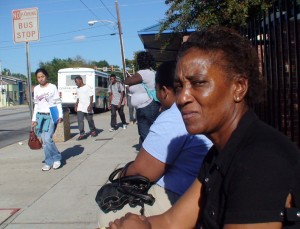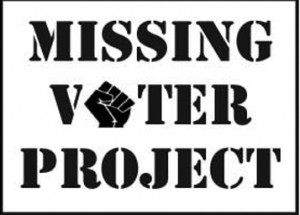By William J. Hamilton, III
Coordinator, Hungryneck Straphangers, Charleston
A new approach to smarter transit, beyond the commonly considered issues of vehicles, routes and infrastructure, can bring Richland County a transit system people will want to ride.
Transit ridership has been increasing across the country for several years. Bus transit ridership in the United States rose 4.48% from March 2011 to March 2012, despite reductions in the number of routes operated.
In Charleston, SC, CARTA’s most recent report shows bus ridership in the Holy City increased 12.81%, reaching a record 433,221 Riders in August 2012. The system reached a record low in cost per-passenger in the first quarter as well, before inching up due to rising diesel fuel prices.
Having a transit system people will want to ride isn’t the goal. It is the strategy for success in providing mobility options to riders. If you’re not doing it, you’ll never achieve it.
Fortunately this isn’t an issue where the perfect plan, abstract political philosophy and theory are necessary to deliver results. Bus transit provides constant, measurable ridership feedback on what does and does not work. Bus routes and stops can be lengthened, shortened, adjusted and improved. Ones which simply don’t move enough riders can be canceled.
CARTA has been pursuing such a strategy for five years. All routes are reviewed for cost per-rider. Routes which don’t meet standards after six months or a year are redesigned, adjusted or canceled. New routes and services are tried. Cycle after cycle the services which move the most people at the least cost are retained and the system increases ridership.
Like any system which implies objective standards and accountability (which everyone loves in theory) it can be very hard when routes you value are under pressure to perform. Even the worst-performing bus route is precious to someone. But it’s also a fact that often, somewhere else, there are more people ready and willing to ride. Most volatility takes place at the edges of the system.
In Charleston, the busy #10 Rivers Ave. Route hasn’t moved significantly in 20 years, moving 99,624 riders in August 2012, 3000 more than a year earlier. Frequency has been increased to meet rising demand. Our #40 Route in rapidly changing East Cooper has had five major changes in seven years, but it’s ridership is up over 70% since 2007.
A new Dorchester Express Route serving a Boeing Plant which didn’t exist five years ago, transported 4,397 riders in its second full month of operation. Changes in the popular downtown DASH buses have pushed ridership there to over 95 thousand per month, increasing over 20% year to year.
While many of us dream of gleaming monorails swishing through stations made of glass, marble and neon, the old-fashioned bus has flexibility and the capacity to adapt on its side. It’s a great tool for building a more mobile community.
However the old-fashioned bus is getting smarter. GPS, cellular networks, the Internet and smartphones utterly change how buses work. In Charleston you can now plan any bus trip on CARTA online. Type your destination into your Android phone and it will return detailed plans for the next four possible trips to your destination, with the fare and savings over driving, working out the walk to the nearest stop and connections between bus routes. Tri County Link, our rural bus service, offers free WI-FI on board now, giving riders more productive ways to use their time on board.
While results-driven management and smart technology can make transit in Richland County work better, community mobility also benefits from neighborly efforts reaching out to schools, non profit groups, churches, businesses and government.
Our Hungryneck Straphanger’s organization divides its time between advocacy and outreach, both trying to get better services and facilities and making sure they get used. Handing out schedules to staff at Hospital ERs and Clinics works. Having the Moultrie Middle School Beta Club promote transit to their peers fills seats. Participating in community festivals like the Blessing of the Fleet raises awareness. Hanging bus schedules on apartment complex doorknobs delivers results.
Since people know their area’s bus service will improve if more people ride and faces changes if they don’t, it’s easier to get the community to engage. Every rider and business becomes an advocate. It takes five seconds to explain it to the Manager of a McDonalds facing the need to regularly hire new staff. It takes longer to explain it to the owner, but after a while the whole community gets it, because everyone benefits directly or indirectly from improved bus service, or suffers if service is reduced.
Organizations like the Hungryneck Straphangers exist in dozens of communities across the US today. With a flexible system, you can adapt smart technology to help riders navigate it, and organizations to connect people and transit within the community. Richland County can build a 21st Century transit system people will want to ride.
William Hamilton is an attorney, writer and 30-year transit rider. He is the coordinator of the Hungryneck Straphangers.




